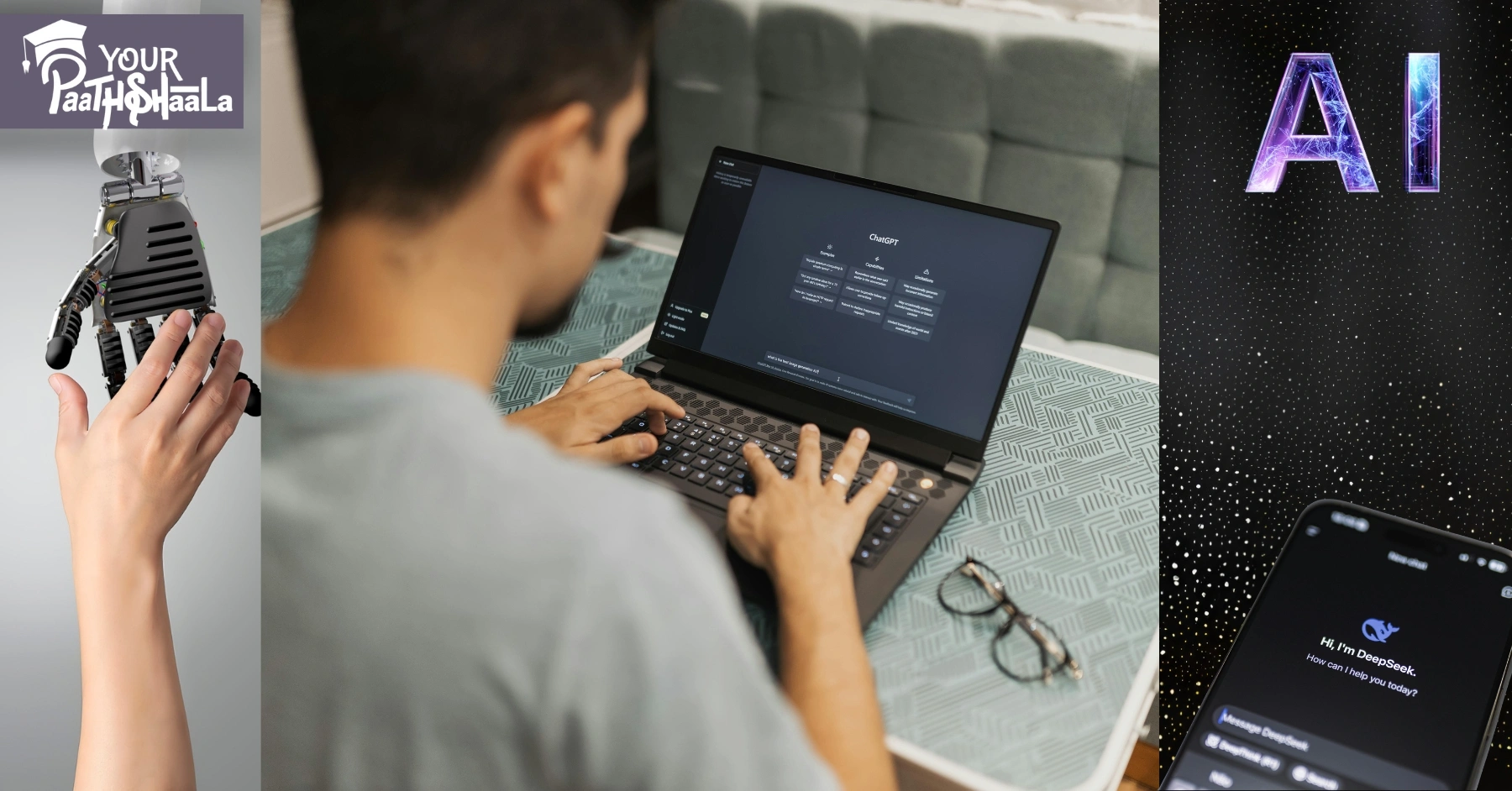
In 2025, integrating AI tools in traditional design workflow is transforming how Indian graphic designers create, combining innovation with creativity. AI streamlines repetitive tasks, while traditional methods like sketching ensure originality. This beginner-friendly guide shows how to merge AI tools with traditional design for a seamless workflow in India’s vibrant market. For example, using AI to generate logo concepts alongside hand-drawn sketches saves time and boosts creativity. Whether you’re freelancing in Mumbai or targeting global clients, these strategies will elevate your work. Ready to modernize your process? Let’s explore how to integrate AI tools in traditional design workflow in 2025!
Why Integrate AI in Traditional Design?
Merging AI with traditional design enhances efficiency and creativity in India’s $50,000 crore digital ad market, per IAMAI. First, AI automates repetitive tasks like resizing, freeing time for creative work. Next, it offers data-driven insights, like color trends, complementing manual skills. For instance, AI can suggest a vibrant palette for a Diwali campaign, refined by hand-drawn details. However, relying solely on AI may lack originality. Integrating AI tools in traditional design workflow ensures a balanced, competitive edge.
What Are AI Tools and Traditional Design?
AI tools, like Canva AI or Adobe Sensei, use algorithms to automate tasks, generate visuals, or analyze trends. Traditional design relies on manual techniques, such as sketching or Adobe Illustrator, for bespoke creations. Creative Bloq notes that 2025 trends favor blending these for efficiency and originality. For example, AI can generate logo drafts, while traditional methods refine them with cultural motifs. Combining both leverages speed and human creativity for Indian designers.
Benefits of Integration
Integrating AI tools in traditional design workflow offers multiple advantages. It saves time on repetitive tasks, like batch-processing images, boosting productivity. It also enhances creativity by suggesting fresh ideas, like AI-generated textures. In India, where tight deadlines are common, this approach meets client demands. For instance, automating color adjustments while sketching unique layouts creates standout designs. However, learning AI tools requires an initial effort.
Tools for AI and Traditional Design
These beginner-friendly tools help you integrate AI tools in traditional design workflow, tailored for Indian designers on a budget.
- AI Tools: Canva AI (free or ₹500/month), MidJourney (₹800-₹2,000/month), Adobe Sensei (part of Adobe suite, ₹500-₹3,000/month).
- Traditional Tools: Adobe Photoshop, Illustrator (₹500-₹3,000/month), or Procreate (₹1,000 one-time for iPad).
- Free Alternatives: GIMP for traditional editing, Figma for collaborative design (free plans).
- Inspiration Platforms: Behance, Dribbble for trend insights.
- Note-Taking Apps: Notion or Google Keep for workflow planning.
These tools are accessible, with free options like GIMP, making integration affordable for Indian designers.
AI vs Traditional Design: Key Differences
Understanding how to integrate AI tools in traditional design workflow requires comparing their strengths. These differences guide effective blending in 2025.
Speed and Efficiency
AI tools excel at speed, automating tasks like generating logo variations in seconds. Traditional methods, like sketching, take longer but offer nuanced control. For example, AI can produce 10 logo drafts instantly, while hand-drawing refines one unique concept. AI saves time; traditional methods add depth. Indian freelancers benefit from AI’s efficiency.
Creativity and Originality
AI generates ideas based on data, sometimes producing generic outputs. Traditional methods allow bespoke designs, like Warli-inspired logos, with emotional depth. For instance, AI suggests color palettes, while sketching adds cultural storytelling. AI sparks ideas; traditional design ensures uniqueness. Combining both creates impactful designs.
Cost and Accessibility
AI tools like Canva AI are affordable or free, ideal for Indian startups. Traditional tools like Adobe Illustrator require subscriptions (₹500-₹3,000/month). For example, small businesses can use AI for quick designs, while traditional methods suit premium projects. AI is budget-friendly; traditional tools offer professional polish. Integration balances cost and quality.
6 Steps to Integrate AI Tools in Traditional Design Workflow
Follow this beginner-friendly guide to integrate AI tools in traditional design workflow in 2025, tailored for India’s design scene.
1. Identify Tasks for Automation
Pinpoint repetitive tasks, like resizing images or generating color palettes, for AI. For example, use Canva AI to create social media graphic variations. Reserve creative tasks, like sketching logos, for traditional methods. List your workflow to prioritize automation. This ensures AI enhances, not replaces, creativity.
2. Choose AI and Traditional Tools
Select AI tools like MidJourney for generating concepts and Adobe Illustrator for traditional refining. For instance, use MidJourney to create a festive logo draft, then refine it in Illustrator. Free tools like GIMP work for budget-conscious designers. Test tools to find the best fit. This blend maximizes efficiency.
3. Generate AI-Driven Concepts
Use AI to produce initial designs, like logo drafts or color schemes. For example, input “Indian startup, vibrant, modern” into Canva AI for logo ideas. Review outputs and select 2-3 strong concepts. Combine these with traditional sketching for customization. AI sparks ideas quickly for Indian projects.
4. Refine with Traditional Methods
Enhance AI outputs using traditional tools like Photoshop or sketching. For instance, add hand-drawn Indian motifs to an AI-generated logo. Use Illustrator to adjust typography, like Noto Sans Devanagari, for local appeal. This step adds a personal, cultural touch. Refinement ensures originality.
5. Test and Iterate
Test designs with Indian clients or peers, ensuring mobile-friendliness (70% of users are mobile-first, per IAMAI). For example, check a logo’s clarity on Instagram. Use AI for quick iterations, like color tweaks, and traditional tools for detailed revisions. Gather feedback to refine further. Testing ensures market relevance.
6. Streamline Your Workflow
Integrate AI and traditional steps into a seamless process. For example, use AI for initial concepts, sketch refinements by hand, and finalize in Illustrator. Automate repetitive tasks, like exporting, with Photoshop actions. Document your process in Notion for consistency. A streamlined workflow boosts productivity.
Total Time: 15-30 hours to set up, ongoing for mastery
Common Mistakes to Avoid
Avoid these pitfalls to effectively integrate AI tools in traditional design workflow. First, don’t over-rely on AI; it may produce generic designs. Next, avoid skipping traditional methods; they add uniqueness. Also, don’t ignore client feedback; Indian brands value cultural resonance. For example, a generic AI logo may fail to impress local clients. Finally, don’t skip testing; ensure designs work across platforms.
Tips for Seamless Integration
To excel in integrating AI tools in traditional design workflow, follow these tips. First, start with free AI tools like Canva to test automation. Next, use traditional sketching for cultural elements, like Diwali motifs. Additionally, join Indian design communities on LinkedIn for feedback. For example, an AI-generated palette refined with hand-drawn details stands out. Finally, practice weekly to master the balance.
2025 Trends in AI and Design
In 2025, AI is reshaping design, per Creative Bloq and Adobe. AI tools like Adobe Sensei automate color correction and layout generation, trending in India. Vibrant Indian-inspired aesthetics, like Holi colors, blend with AI-driven minimalism. X posts highlight micro-animations for digital designs. For example, an AI-generated logo with animated effects attracts clients. Integrating these trends ensures relevance.
Why Integration is Crucial in India
India’s design industry is thriving, with digital ad spending projected at ₹50,000 crore by 2026, per IAMAI. Integrating AI tools in traditional design workflow helps meet tight deadlines for startups and brands. For example, automating social media assets while sketching unique logos saves time. This approach also enhances freelance income in cities like Bangalore. Integration keeps you competitive and innovative.
Budgeting for Integration
Integrating AI and traditional tools is affordable for Indian designers. Canva AI and GIMP are free, while Adobe subscriptions cost ₹500-₹3,000/month. Free tutorials on YouTube teach AI and traditional techniques. A basic laptop (₹20,000-₹50,000) supports both. For example, a setup with free tools and a ₹2,000/year portfolio site keeps costs low. Budget wisely for efficiency.
Scaling Your Integrated Workflow
Once you master integration, scale your skills for growth. Build a portfolio with AI-enhanced, culturally inspired designs, like festival logos. Offer services on WorknHire, charging ₹2,000-₹10,000 per project. For example, specialize in AI-traditional hybrid designs for Indian brands. Promote on Instagram to attract clients. Scaling boosts productivity and income.
AI vs Traditional: Finding the Balance
AI tools excel at speed and automation, ideal for repetitive tasks like resizing. Traditional methods, like sketching, ensure cultural and creative depth. For example, AI generates quick concepts, while Illustrator refines them for Indian clients. In India, AI suits fast-paced projects; traditional methods suit bespoke branding. A balanced approach maximizes impact.
Combining AI with Traditional Creativity
Combining AI’s efficiency with traditional creativity creates standout designs. Use AI for initial drafts, like logo layouts, and traditional tools for detailed refinements, like typography. For instance, an AI-generated color scheme with hand-drawn Warli patterns resonates locally. This hybrid approach saves time and adds originality. It’s perfect for India’s dynamic market.
Conclusion
Learning how to integrate AI tools in traditional design workflow in 2025 empowers Indian designers to work efficiently and creatively. From automating tasks with AI to refining with traditional methods, this approach saves time and enhances designs. Use our guide to choose tools, generate concepts, and streamline your process. For example, create a Holi-inspired logo with AI and traditional tweaks. Avoid pitfalls like over-relying on AI or skipping feedback. Ready to transform your workflow? Start integrating AI tools in traditional design workflow today and shine in India’s design scene! Join YourPaathshaala, Raipur’s leading skill development institute. Contact us at 📞 +91-8305209520 for more information!
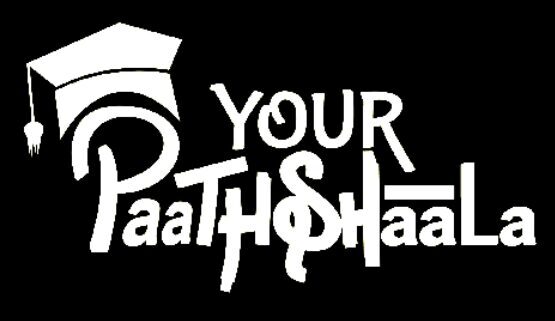

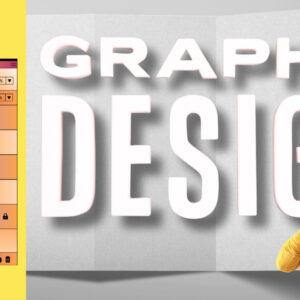
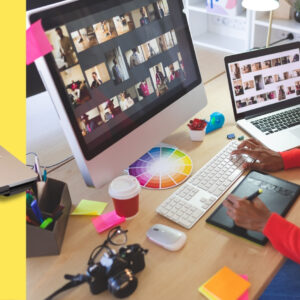
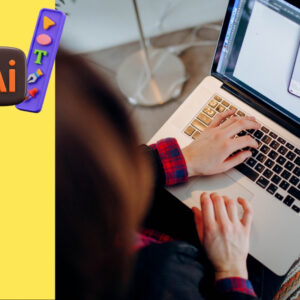
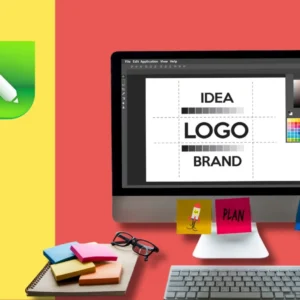
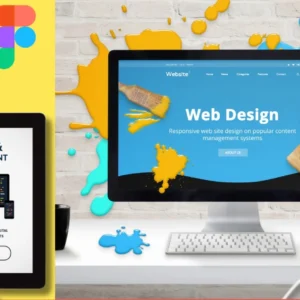
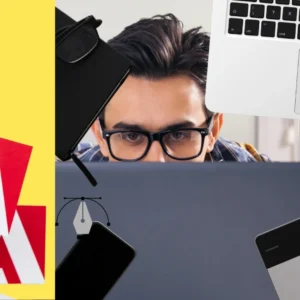
Add a Comment